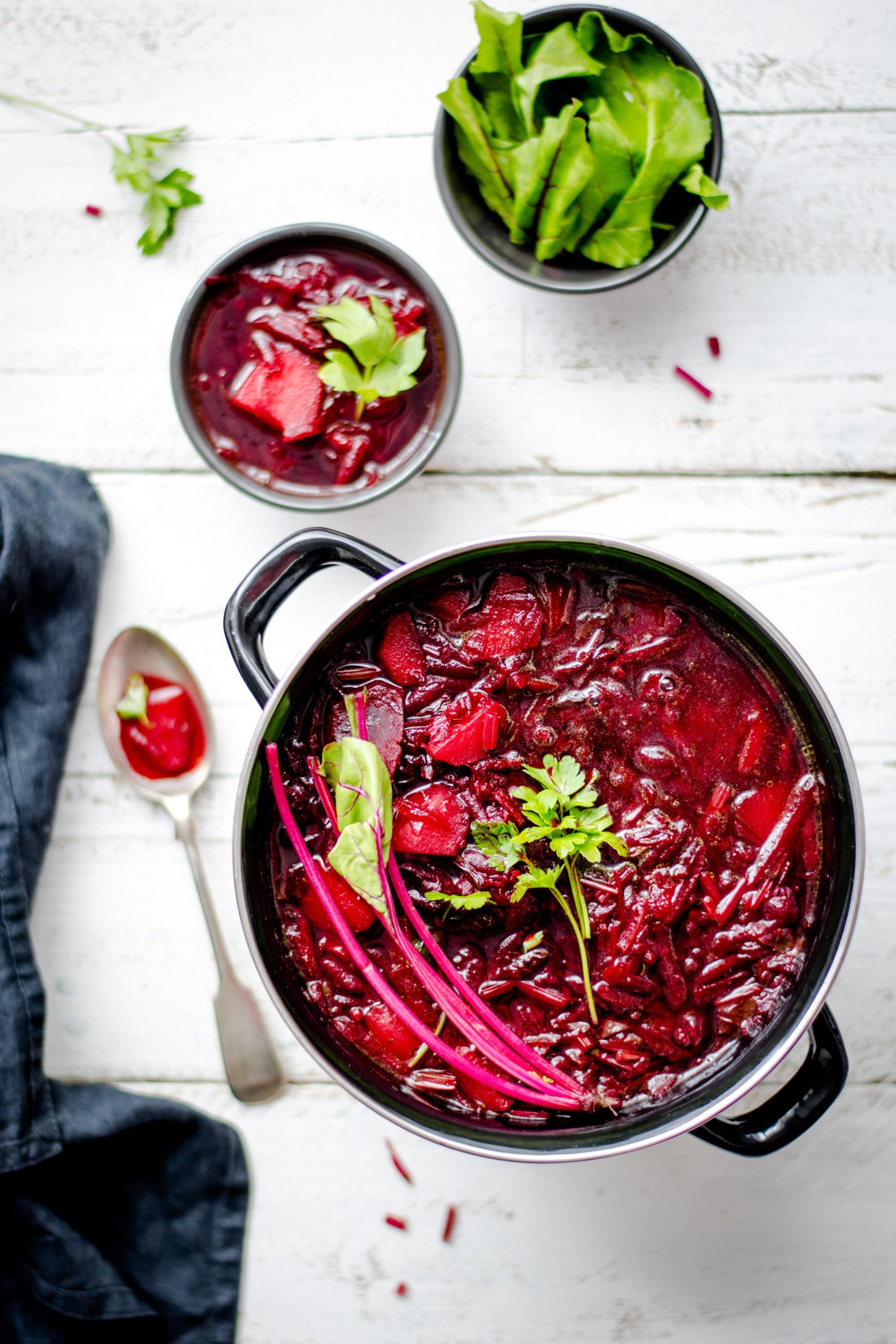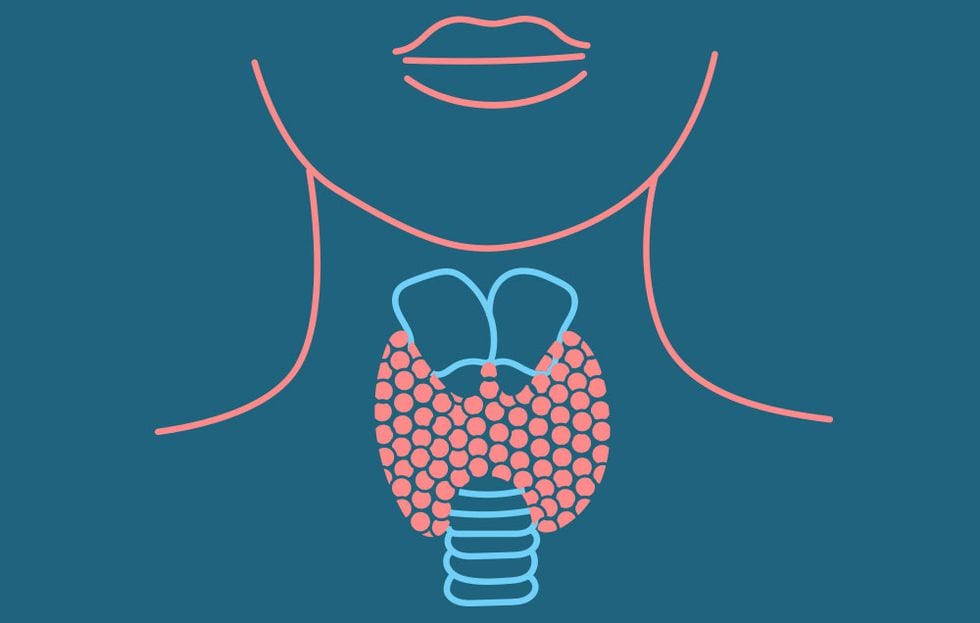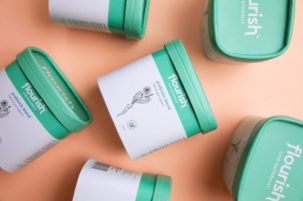What is fatty liver?
Fatty Liver is a term usually given to someone whose liver cells contain too much fat. It is diagnosed through a blood test, ultrasound, or MRI. The liver enzymes could be out of range in a blood test, or an ultrasound could show that the liver cells are enlarged and containing fat.
The cause is usually excessive alcohol consumption, but today we are seeing this condition in people who do not drink alcohol, also. If this is the case, it is known as non-alcohol fatty liver disease (NAFLD).
Why does it happen?
The answer is the food we are eating. The standard Australian diet – though improving – is typically filled with foods containing excessive amounts of oil, fat, and refined sugars, which all cause the liver to store fat within its cells. Ageing and the excessive intake of medications can also be a factor. The more processed your diet, the more likely you are to have a Fatty Liver.
The liver is responsible for over 500 different processes within the body. It plays a major role in the production of our hormones, processing foods, detoxifying toxins and filtering harmful substances. Also, it is the only organ in the body that is capable of regeneration. A regeneration cycle is 30-40 days, depending on the size of the person.
Chronic liver disease is often symptomless, or the symptoms are subtle at the least: general fatigue, poor sleep, not waking refreshed, swelling of the legs, weight gain, insulin resistance, thyroid issues, and diabetes are some of the most common. If the condition is at its worst, the symptoms can include a terrible itching of the skin, yellowing of the eyes and skin, weight loss, loss of appetite, abdominal pain and swelling, confusion, and death.
Is it reversible?
Yes, we believe it is, but it requires you to make some big changes to your dietary habits, exercise regime, and alcohol consumption.
Dietary Changes needed:
- Remove fat from your diet
- Eat a plant-based diet
- Eliminate meat and diary
- Eliminate gluten
- Eliminate alcohol
Optional – for quick and longlasting results:
- Consume the Flourish Detox Blend – nightly before bed – 1 tablespoon
- Consume the Flourish Turmeric Blend – ½ teaspoon nightly before bed
It normally takes 30-40 days to see significant changes, or 1 regeneration cycle. If the condition is severe, we recommend continuing the healing regime for a minimum of 3 months.
Because the liver is one of the most important organs in our body, is extremely important to keep it healthy and avoid conditions such as Fatty Liver. By making healthy changes to your diet, regularly exercising, and significantly reducing alcohol consumption, you can not only treat Fatty Liver but reverse it.




